The Vive Tracker will be available in the second quarter of this year, and HTC plans to distribute 1,000 Vive Trackers to developers free of charge to guide the rise of the peripheral ecosystem and promote the development of the content. The developer documentation reveals more details about the tracker.
This developer documentation also reveals the performance of more trackers, including what data the tracker will wirelessly deliver to the computer, and the presence of additional software dogs needed to track the device.
An overview of the Vive tracker (below) reveals that the device's power button is hidden under the Vive logo and other features of the device.
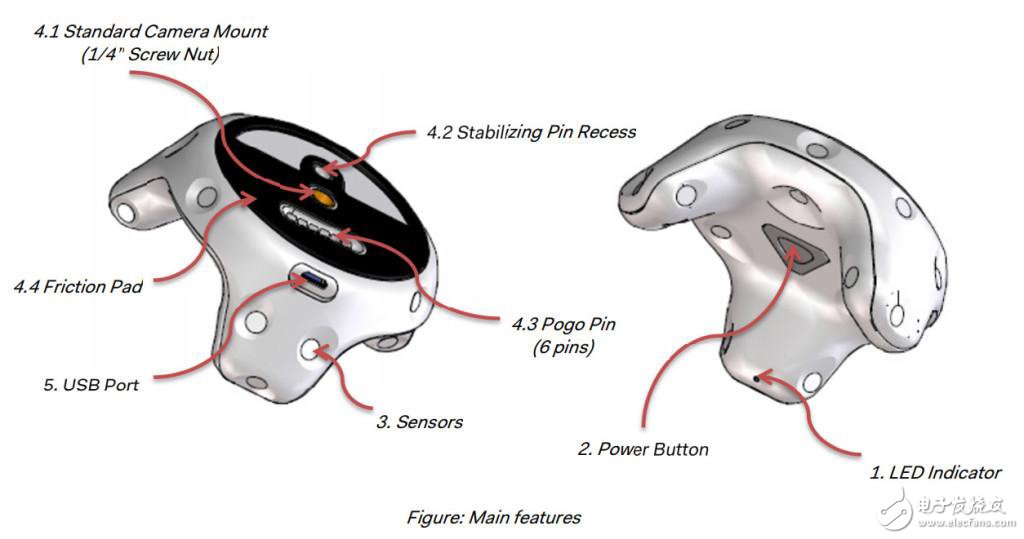
We also understand more details about what data the tracker can send to the host PC via the Pogo pin and USB interface. Using the six Pogo pin connectors on the bottom, the peripherals connected to the tracker can simulate the same controls as the Vive handles, allowing the peripherals to send similar push triggers and buttons (this is mainly for shooting and popping in those games). prepare).
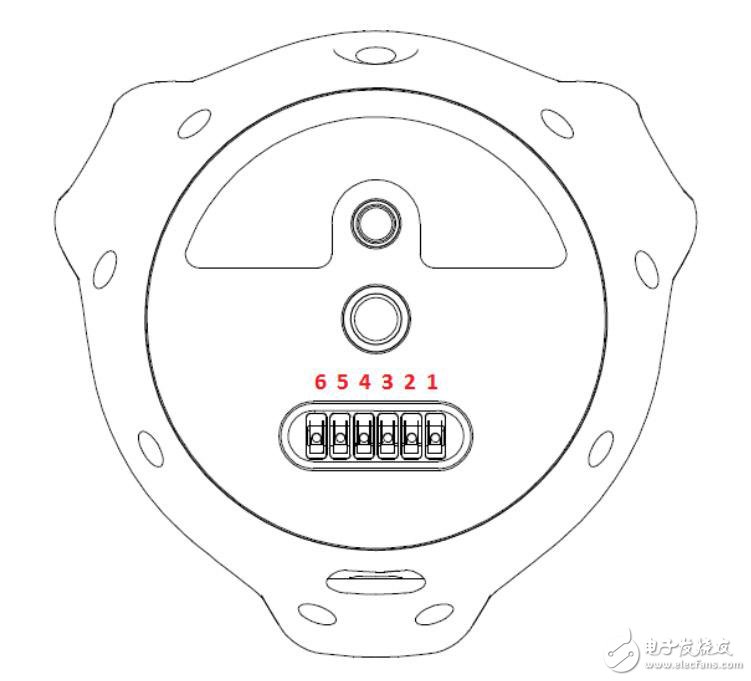
Any input simulation on the Vive handle seems to be supported, including sending X and Y coordinates to simulate the user's finger position on the handle tracker, as well as various trigger push strengths. The tracker appears to be able to receive and forward computer vibration commands to activate tactile feedback on third party peripherals.
Any data other than the Vive controller input can also be transferred via a MicroUSB connection for more specialized purposes.
The Vive tracker and Vive helmet are wirelessly connected, and their data is sent to the computer through the helmet's line, and vice versa. The Vive Tracker does not use the same system, but instead transmits I/O for tracking data and peripherals via a wireless dongle (USB 2.0).
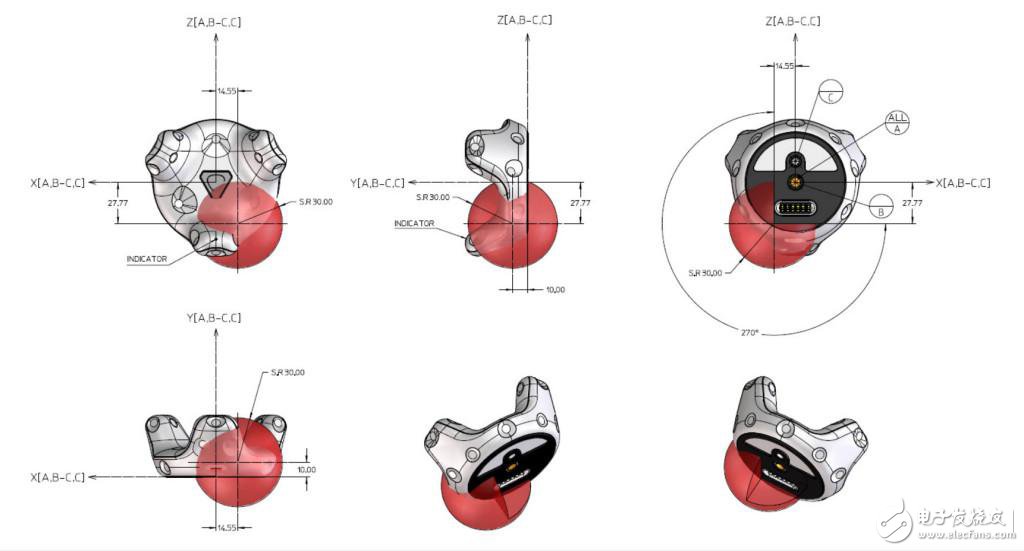
In order to allow the dongle to run at maximum traffic and avoid data loss causing positioning problems, the Vive Tracker developer documentation states that peripheral manufacturers need to avoid placing any unnecessary metal within 30 mm of the tracker antenna. The above picture is highlighted in red.
The documentation states that the tracker has a 270-degree field of view to sense SteamVR's tracking base station; the device "bottom" has no sensors to be able to install peripherals. In order to avoid blocking the field of view of the tracker, it is recommended that the extension of the peripheral should not be in a blind spot as much as possible.
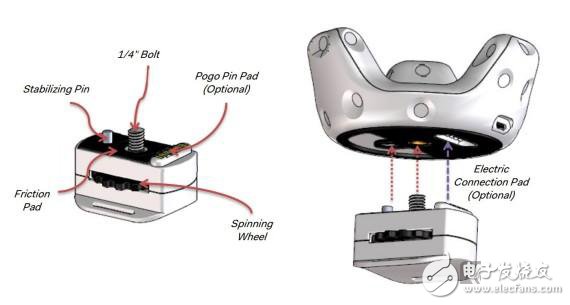
In addition, the documentation also states that peripherals should be made of non-reflective materials to maintain maximum tracking power, presumably to avoid tracking laser reflections, which can cause equipment failure and even cause problems with Vive helmets.
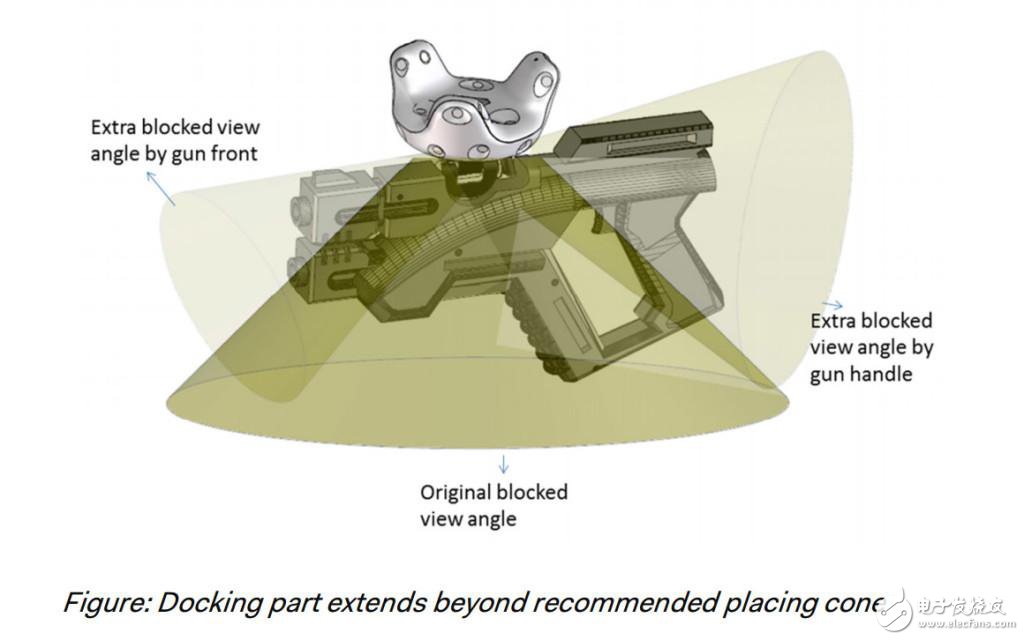
However, there is also good news for users, that is, "Users should not cause physical damage when accessing or disassembling the tracker." It can be seen that the HTC Vive is still relatively protected for users, and the peripheral developers do not play. Take off, causing personal damage to the user.
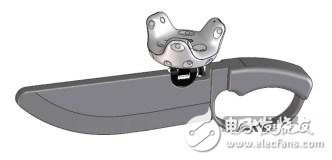
There are many technical details in the documentation. If you are a developer, you can find more information at http://link.vive.com/tracker/guideline.
Temperature And Humidity Test Chamber
Temperature And Humidity Test Chamber,Temperature Humidity Test Box,Test Machine For Aerospace,Constant Temperature Humidity Tester
Wuxi Juxingyao Trading Co., Ltd , https://www.jxymotors.com